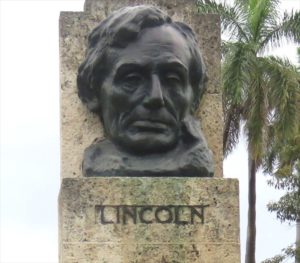 Abraham Lincoln is everywhere. I just saw his bust in a park in Havana, Cuba. I even saw an art exhibit in the Fine Arts Museum of Cuba that included a figure of Lincoln (and missed the other three busts/statues of him there). He’s been seen in Singapore, Edinburgh, Oslo, Mexico City, and other far reaching places. And, of course, impressions of Lincoln are in many places in the United States, especially, and not surprisingly, in Illinois, the Land of Lincoln. As my Chasing Abraham Lincoln tour(s) continue, Part 3 takes me back to Illinois and points coming and going.
Abraham Lincoln is everywhere. I just saw his bust in a park in Havana, Cuba. I even saw an art exhibit in the Fine Arts Museum of Cuba that included a figure of Lincoln (and missed the other three busts/statues of him there). He’s been seen in Singapore, Edinburgh, Oslo, Mexico City, and other far reaching places. And, of course, impressions of Lincoln are in many places in the United States, especially, and not surprisingly, in Illinois, the Land of Lincoln. As my Chasing Abraham Lincoln tour(s) continue, Part 3 takes me back to Illinois and points coming and going.
For those who followed my Chasing Abraham Lincoln tours (Parts 1 and 2) last year, the first trip took me through Lincoln’s early life in Kentucky and Indiana, along with a stop to see the assassination chair at the Ford Museum in Dearborn, Michigan. Part 2 took me into the heart of Illinois, following in Lincoln’s footsteps through all seven Lincoln-Douglas debate sites, the Illinois & Michigan Canal, and a multitude of other towns and cities with statues, gravestones, and log cabins.
There have been other tours not officially designated with a Part Number, including trips to Charleston, South Carolina where the Civil War started, to Hampton Roads where the “Battle of the Ironclads” took place, and to Gettysburg for the annual Lincoln Forum. On a separate trip a few years ago I explored Lincoln’s Springfield and the Eighth Judicial Circuit. I’ve also made frequent visits to DC-area landmarks.
This official “Part 3” takes me back to Illinois. Details are still being worked out but on the way there I plan to stop in key places in Ohio and Indiana, plus the place where the Lincoln’s crossed into Illinois. After participating in the LEAD: Lincoln’s Path to Leadership program in Jacksonville, I’ll continue north to visit places I missed on my previous Illinois trip, plus forays into Wisconsin and Michigan to see statues in Milwaukee, Kenosha, and Kalamazoo. On the way back I plan to visit a new national park in Indiana and the Flight 93 Memorial in Pennsylvania.
As with last year, the exact timing and locations will likely change on the fly. I’ll do my best to emulate the late Tony Horwitz (Confederates in the Attic; Spying on the South) and talk to as many local people as I can to get their views on Lincoln.
Until then, feel free to check out some of my previous Chasing Abraham Lincoln trips (click and scroll for stories, or simply type “Chasing Abraham Lincoln” into the Search box above).
David J. Kent is an avid science traveler and the author of Lincoln: The Man Who Saved America, in Barnes and Noble stores now. His previous books include Tesla: The Wizard of Electricity and Edison: The Inventor of the Modern World and two specialty e-books: Nikola Tesla: Renewable Energy Ahead of Its Time and Abraham Lincoln and Nikola Tesla: Connected by Fate.
Check out my Goodreads author page. While you’re at it, “Like” my Facebook author page for more updates!



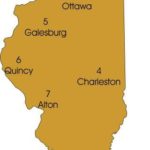 Now that I’ve recovered (not) from my recent overseas trip, I’m off on the second part of my Chasing Abraham Lincoln road trip. This part takes me into Illinois, the Land of Lincoln. For stories and photos from Part 1, click on
Now that I’ve recovered (not) from my recent overseas trip, I’m off on the second part of my Chasing Abraham Lincoln road trip. This part takes me into Illinois, the Land of Lincoln. For stories and photos from Part 1, click on 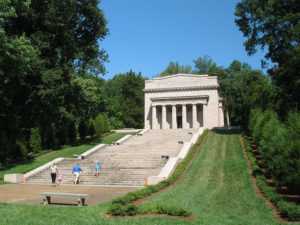 In mid
In mid 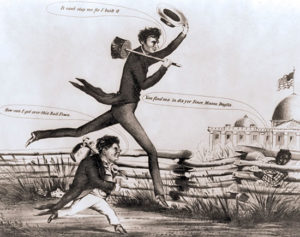 I’ll soon be off chasing Abraham Lincoln. Lincoln is everywhere it seems – Cuba, Norway, Scotland, the UK – but he spent most of his life in Kentucky, Indiana, and Illinois. And that’s where I’m going on my Chasing Abraham Lincoln Tour of 2018.
I’ll soon be off chasing Abraham Lincoln. Lincoln is everywhere it seems – Cuba, Norway, Scotland, the UK – but he spent most of his life in Kentucky, Indiana, and Illinois. And that’s where I’m going on my Chasing Abraham Lincoln Tour of 2018.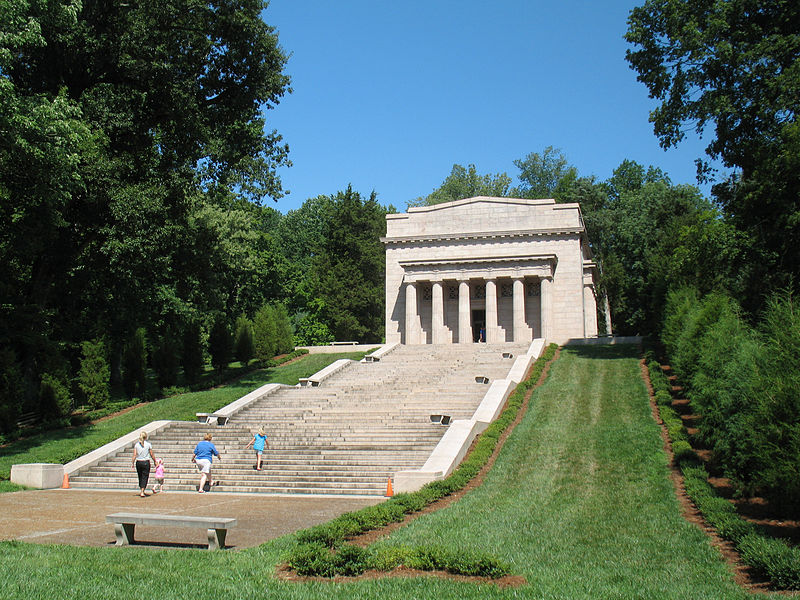
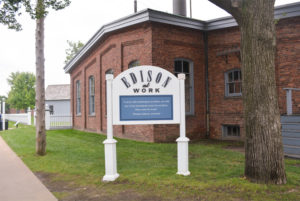
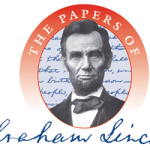
 The impetus for my impending visit was
The impetus for my impending visit was 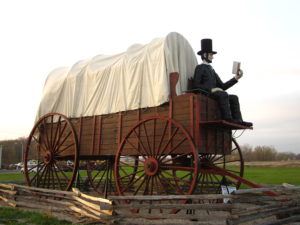 Abraham Lincoln made two trips to New England in his lifetime, and I will soon embark on a road trip of my own to follow in his footsteps. This isn’t my first such trip. Pre-COVID I made several road trips – long solo drives tracing Lincoln’s roots through Kentucky, Indiana, and Illinois, with side trips into Lincoln-related sites in Tennessee, Michigan, Wisconsin, and elsewhere. You can
Abraham Lincoln made two trips to New England in his lifetime, and I will soon embark on a road trip of my own to follow in his footsteps. This isn’t my first such trip. Pre-COVID I made several road trips – long solo drives tracing Lincoln’s roots through Kentucky, Indiana, and Illinois, with side trips into Lincoln-related sites in Tennessee, Michigan, Wisconsin, and elsewhere. You can 
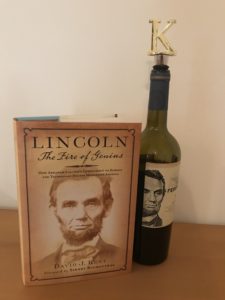 I was interviewed for the summer 2022 issue of The Lincolnian, the newsletter of the Lincoln Group of DC. This is Part 3, the final part. Here is
I was interviewed for the summer 2022 issue of The Lincolnian, the newsletter of the Lincoln Group of DC. This is Part 3, the final part. Here is 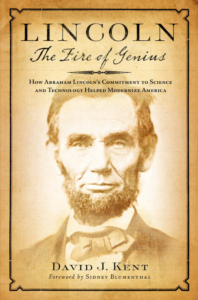
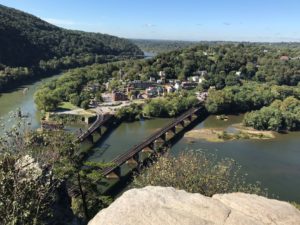 President Lincoln took a special train to Harpers Ferry on October 1, 1862. I drove my car to the National Park Service visitors center on October 1, 2021. Lincoln reviewed the troops on Bolivar Heights. I climbed to the overlook on Maryland Heights. One hundred and fifty-nine years separated us, but I still felt his presence.
President Lincoln took a special train to Harpers Ferry on October 1, 1862. I drove my car to the National Park Service visitors center on October 1, 2021. Lincoln reviewed the troops on Bolivar Heights. I climbed to the overlook on Maryland Heights. One hundred and fifty-nine years separated us, but I still felt his presence.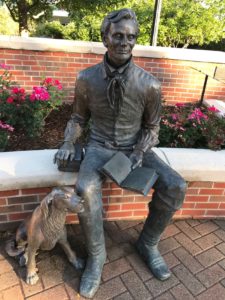 Famously, Abraham Lincoln wrote that he the “aggregate of all his schooling did not amount to one year.” He added that he “was never in a college or Academy as a student; and never inside of a college or academy building til since he had a law-license.” And yet, Lincoln is a college guy, of sorts.
Famously, Abraham Lincoln wrote that he the “aggregate of all his schooling did not amount to one year.” He added that he “was never in a college or Academy as a student; and never inside of a college or academy building til since he had a law-license.” And yet, Lincoln is a college guy, of sorts.






